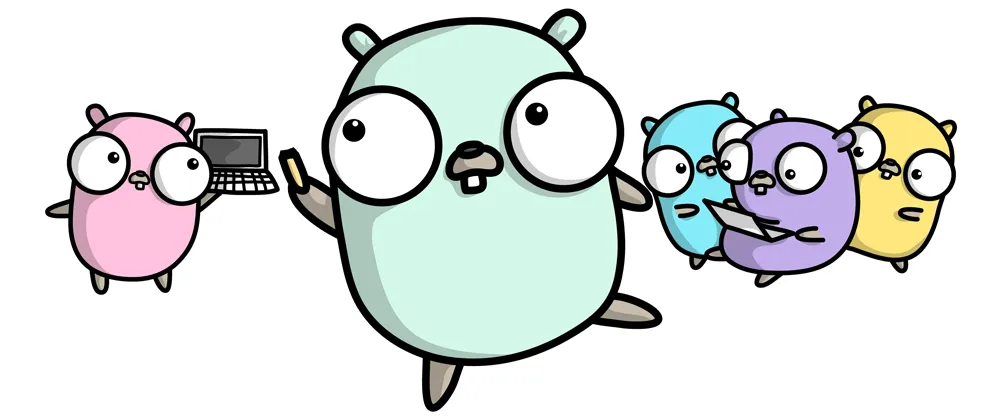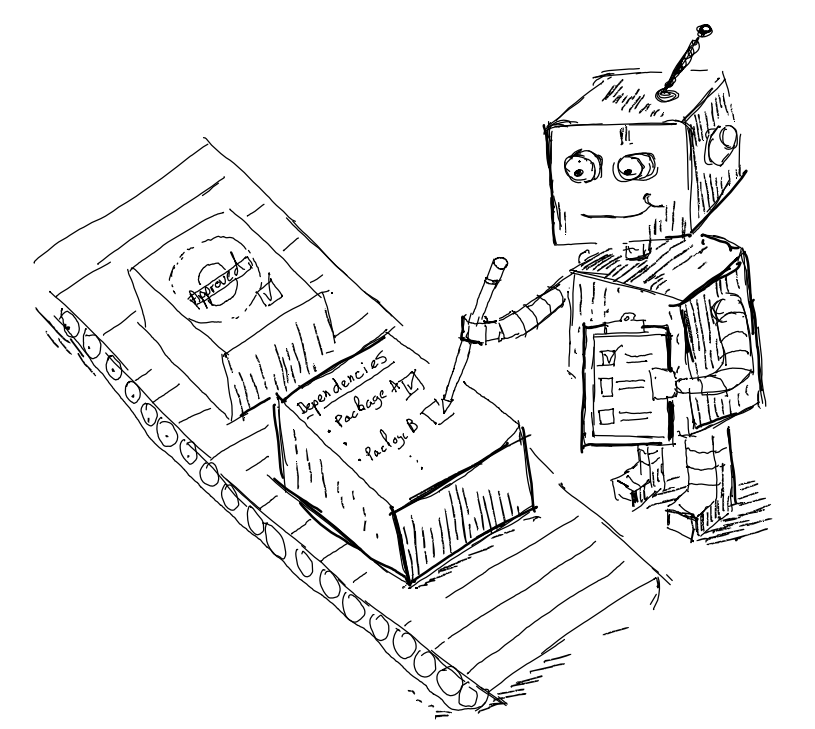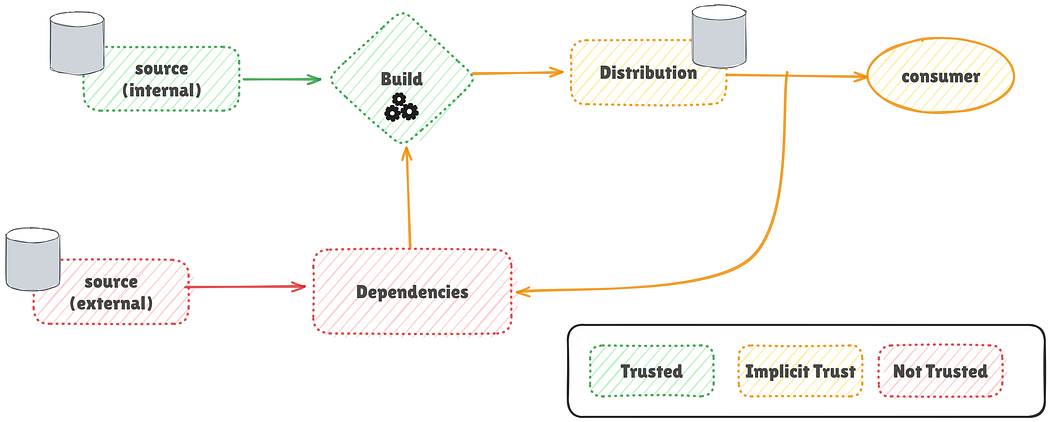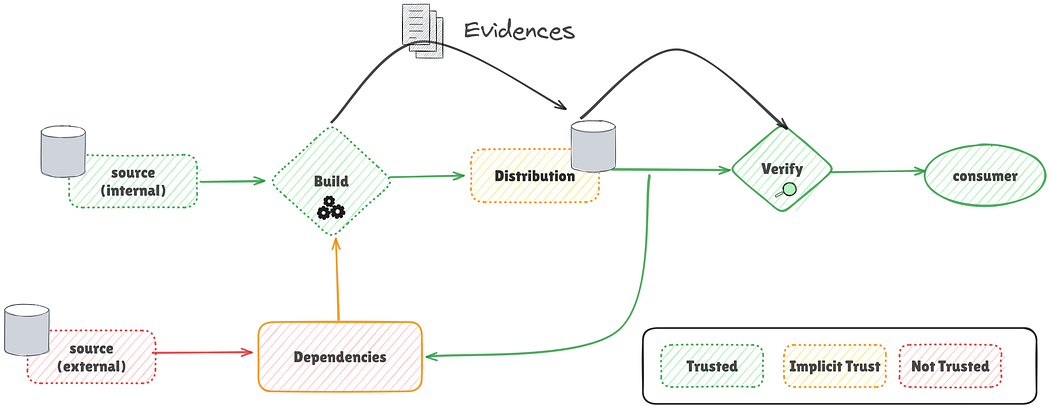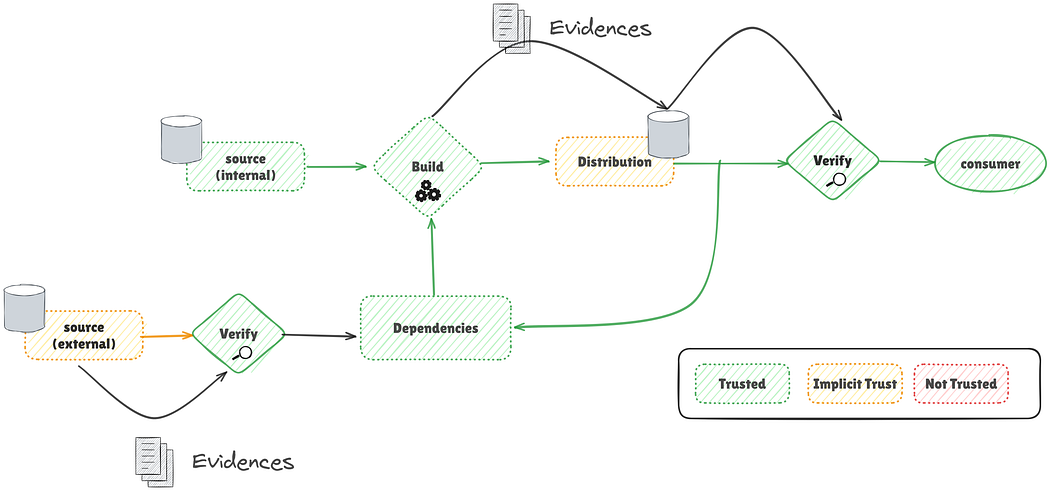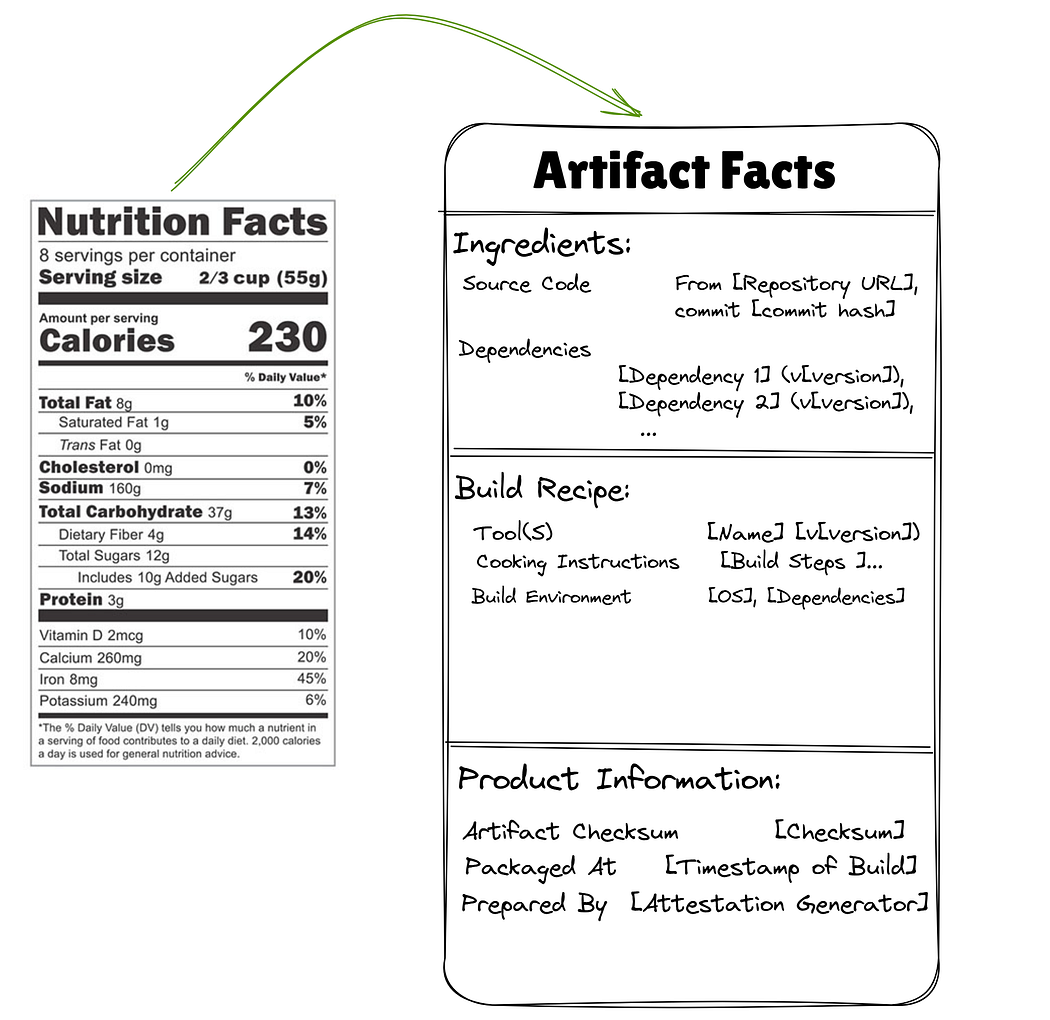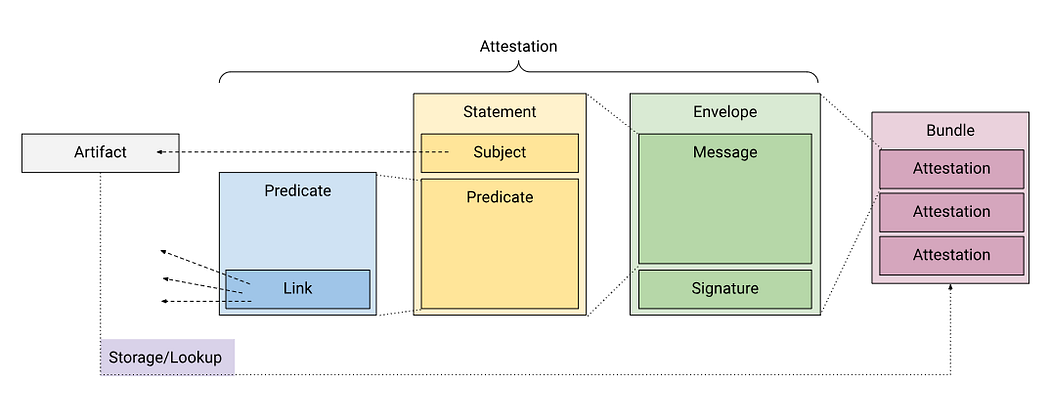Handler and Middleware Design Pattern in Golang
Original Article: Handler and Middleware Design Pattern in Golang
Summary
This article explores the Handler and Middleware design pattern in Golang, focusing on managing events efficiently. It covers the concept of handlers and middleware functions, demonstrates their implementation, and provides practical examples. The goal is to help you create clean and flexible code for handling events.
The key components discussed are:
- A Server that listens to Events and dispatches them to the proper handler(s) function.
- One or several middlewares that perform pre and/or post-processing of the event
- A handler function that processes the event
The article provides code snippets and examples for implementing this pattern in Go, emphasizing the benefits of using handlers and middleware for event management.
Key Concepts
- Handler Function: A function invoked to handle a specific type of event.
- Middleware: A function that wraps another handler, sitting between the server and the handler for pre or post-processing.
- EventDispatcher: Processes events sent to a channel, checks the event type, and calls all registered functions for that type.
References
I hope you find this summary helpful. Let me know if you have any other questions.



